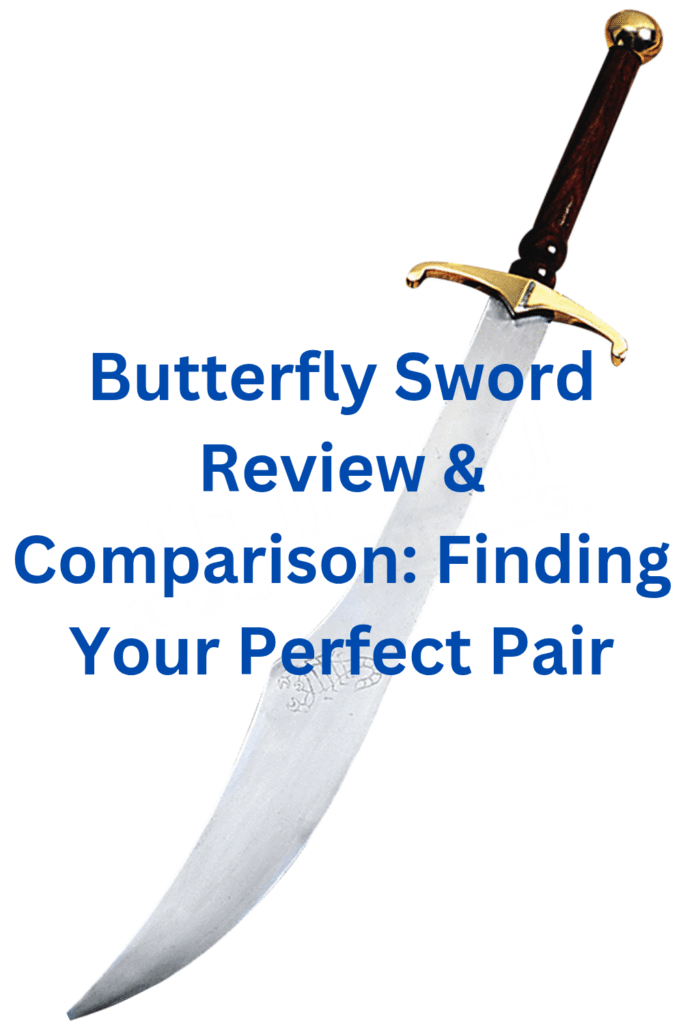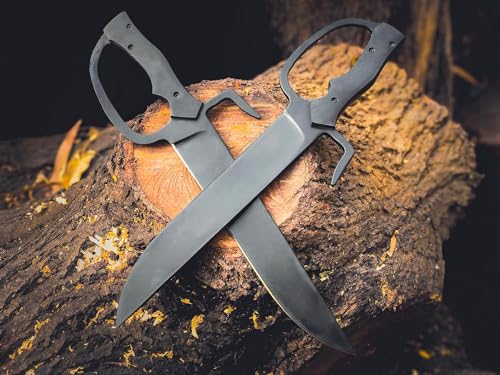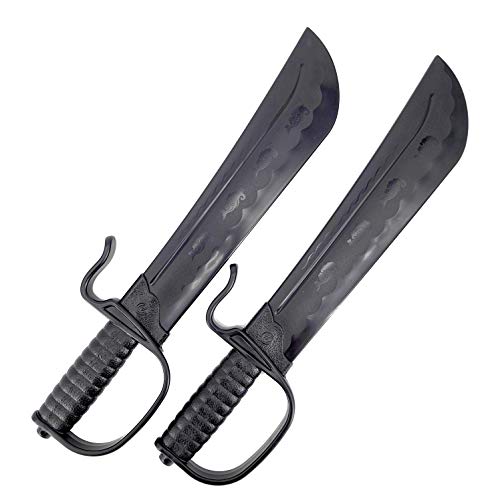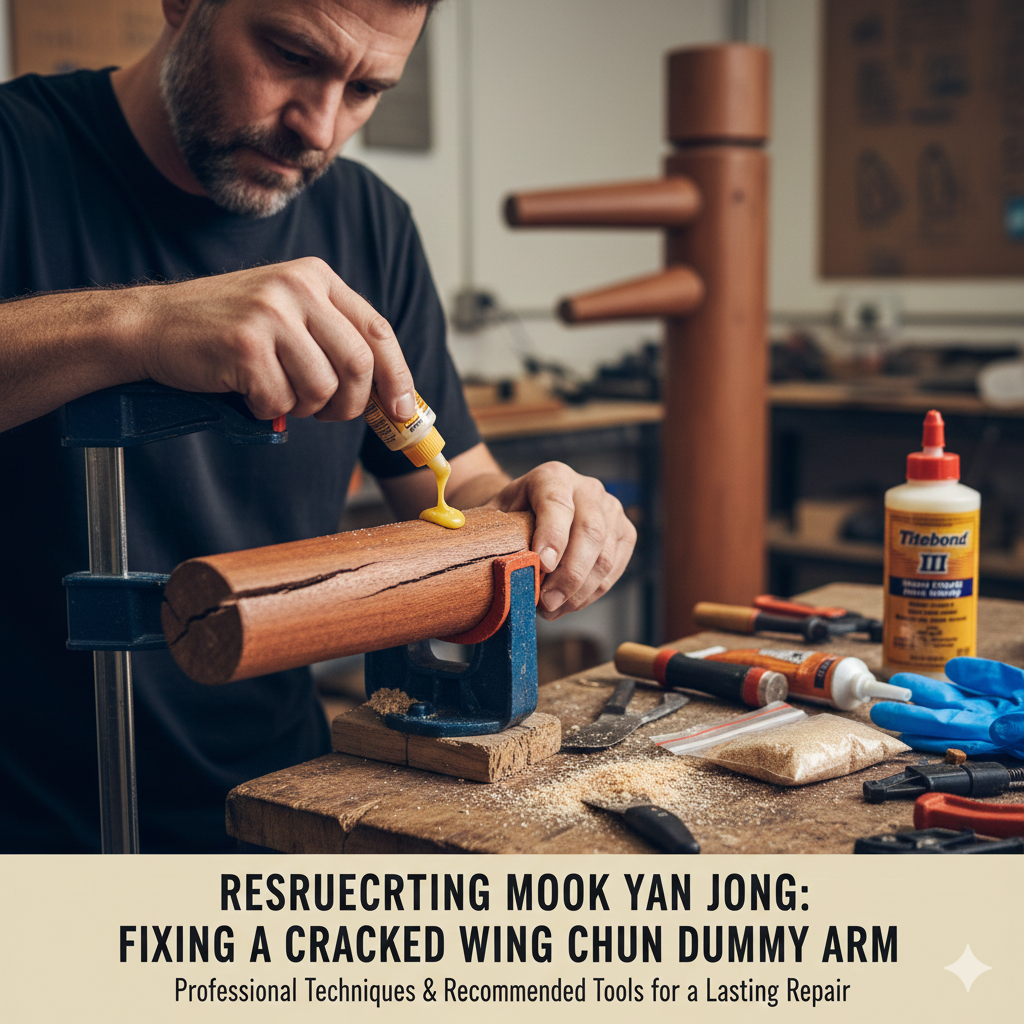Hey there, fellow martial arts enthusiasts and blade aficionados! Have you ever been captivated by the swift, elegant movements of a martial artist wielding a pair of butterfly swords?
These iconic weapons, deeply rooted in Chinese martial arts, are not just tools for combat; they are a symbol of tradition, discipline, and skill.
If you’re looking to dive into the world of butterfly swords, whether for training, collection, or simply out of curiosity, you’ve come to the right place.
In this comprehensive guide, we’re going to take a deep dive into the fascinating world of butterfly swords.
We’ll explore their rich history, discuss their unique features, and most importantly, compare some of the most popular options available on the market today.
We’ll even suggest some great finds on Amazon to help you start or expand your collection.
So, grab a cup of tea, settle in, and let’s embark on this exciting journey to find your perfect pair of butterfly swords!
A Glimpse into History: The Origins of the Butterfly Sword
The butterfly sword, known as Hudiedao (蝴蝶刀) in Chinese, carries a legacy as rich and intricate as the martial arts it accompanies.
These distinctive blades emerged from the vibrant martial traditions of southern China, particularly during the Qing dynasty (1644-1912).
Imagine a time when self-defense was not just a skill but a necessity, and you begin to understand the practical origins of these weapons.
Originally, butterfly swords were favored by groups like the Hakka people, who used them for personal protection.
Their design was perfectly suited for the close-quarters combat often encountered in narrow alleyways or crowded marketplaces.
Over time, they became integral to various southern Kung Fu styles, including the renowned Wing Chun, Hung Gar, and Choy Li Fut.
It’s fascinating to think about how these swords evolved alongside these martial arts, each influencing the other’s development.
What’s truly remarkable is how consistently their form has been maintained.
Since at least the early 19th century, the basic design of the butterfly sword has remained largely unchanged.
This speaks volumes about its effectiveness and the enduring principles of Chinese martial arts.
They aren’t just historical artifacts; they are living tools that continue to teach practitioners about balance, coordination, and the art of aggressive, yet controlled, movement.
Understanding the Blade: Features and Types of Butterfly Swords
So, what makes a butterfly sword a butterfly sword?
Beyond their historical significance, these weapons possess a unique set of features that set them apart.
Typically, you’ll find them in pairs, one for each hand, which is central to their fighting style.
This dual-wielding approach allows for incredible versatility in both offense and defense.
Let’s break down some of their defining characteristics:
- Compact and Agile: Butterfly swords are generally short, with blade lengths often ranging from 12 to 14 inches.
- This compact size makes them incredibly agile and perfect for rapid, close-range strikes.
- Think about how quickly you can maneuver a smaller tool versus a long, cumbersome one – it’s the same principle here.
- Single-Edged Blades: Most butterfly swords feature a broad, single-edged blade.
- This design is optimized for powerful chopping and slashing movements, though some variations might have thinner blades more suited for stabbing.
- The versatility of the blade allows practitioners to adapt to different combat scenarios.
- The Distinctive D-Guard: One of the most recognizable features is the D-shaped guard, often crafted from a durable material like copper alloy.
- This guard isn’t just for show; it extends to protect the wielder’s hand and can even be used to trap an opponent’s weapon.
- It’s a clever piece of engineering that speaks to the practical nature of these swords.
- Handle Design: The handles are typically made of hardwood and are often wrapped with materials like braided silk cord or wax rope.
- This ensures a secure and comfortable grip, which is crucial for maintaining control during fast-paced movements.
- Some modern versions might use more contemporary materials, but the focus remains on ergonomics and control.
When it comes to types, while the core design remains consistent, you’ll find variations primarily in the materials and intended use.
There are functional, sharpened versions for experienced practitioners and collectors, and then there are training versions, often made from polypropylene or other durable plastics.
These training swords are invaluable for safely practicing techniques without the risk of injury, allowing martial artists to develop their skills with confidence.
Ready to Wield? Our Top Amazon Picks for Butterfly Swords
Now that you’re familiar with the history and features of butterfly swords, you might be wondering where to find your own pair.
Amazon offers a variety of options, from functional blades to training tools.
Here are a few popular choices that often come up in discussions among enthusiasts:
1. Cold Steel Butterfly Sword (Model 88BF)
This is a well-regarded option for those looking for a functional and durable butterfly sword.
Cold Steel is known for producing robust and sharp blades, and their 88BF model is no exception.
It’s often praised for its solid construction and effectiveness.
While it’s a functional weapon, some martial artists also use it for advanced training due to its realistic feel and weight. Just be mindful of its sharpness!
2. Wing Chun Butterfly Swords (Various Brands)
When searching on Amazon, you’ll find numerous brands offering Wing Chun-specific butterfly swords.
These often come in various materials, including Damascus folded steel for aesthetic appeal and stainless steel for durability.
Many of these are designed with the Wing Chun practitioner in mind, focusing on balance and maneuverability for specific forms and drills.
Look for options with comfortable handles and a good weight distribution.
3. Polypropylene Training Butterfly Swords
For beginners or those primarily focused on safe practice, polypropylene training swords are an excellent choice.
These are made from durable plastic, making them virtually indestructible and safe for sparring.
Brands like Wuu Jau and Kalaj Kutter offer popular polypropylene options.
They allow you to practice techniques with full force without the risk of injury to yourself or your training partners.
They are also much more affordable, making them a great entry point into butterfly sword training.
Remember to always check reviews and product descriptions carefully before making a purchase to ensure the sword meets your specific needs and expectations.
Safety should always be your top priority, especially when dealing with functional blades.
Butterfly Sword Comparison Table
To help you make an informed decision, here’s a comparison table summarizing the key features of the butterfly swords we’ve discussed:
| Feature | Cold Steel Butterfly Sword (88BF) | Generic Wing Chun Butterfly Swords | Polypropylene Training Swords |
|---|---|---|---|
| Blade Material | 1055/1060 High Carbon Steel | Damascus, Stainless Steel (Varies) | Polypropylene |
| Blade Length | 15 inches | ~16.75 inches (Varies) | Varies (Shorter) |
| Overall Length | 17.50 inches | Varies | Varies |
| Handle Material | Hardwood (Cord-wrapped) | Hardwood (Wax Rope), Paracord | Polypropylene |
| Guard Type | D-shaped Guard | D-shaped Guard | D-shaped Guard |
| Intended Use | Functional/Advanced Training | Training/Functional | Safe Training/Sparring |
| Sharpness | Sharp | Varies (Sharp/Blunt) | Blunt |
| Durability | High | Varies | Very High |
| Price Range | Higher | Medium to High | Lower |
Choosing Your Butterfly Sword: A Personal Journey
Ultimately, the best butterfly sword for you depends on your individual needs and goals.
If you’re a serious martial artist looking for a functional weapon or a collector who appreciates high-quality craftsmanship, a Cold Steel or a well-made Wing Chun functional sword might be your ideal choice.
These blades offer the authentic feel and performance that comes with traditional materials and construction.
However, if you’re just starting your journey in martial arts, or if your primary focus is on safe and repetitive practice, then polypropylene training swords are an absolute must-have.
They allow you to develop your techniques, footwork, and coordination without the inherent risks associated with sharp blades.
Plus, their affordability makes them accessible to everyone.
No matter which path you choose, remember that the true essence of the butterfly sword lies not just in the blade itself, but in the discipline, dedication, and skill you bring to its practice.
It’s a journey of continuous learning and self-improvement.
So, go ahead, explore the options, and find the pair that resonates with your martial arts spirit. Happy training!
—references—
- [1] Chinese Martial Studies: An Updated and Revised Social History of the Hudiedao (Butterfly Swords) –
- [2] Mini Katana: Butterfly Sword: The Symbolism and Significance in Chinese Martial Arts –
- [3] VT Museum: Unraveling the History of Wing Chun’s Butterfly Swords –
- [4] Seven Swords: The Butterfly Sword: A Comprehensive Study –
- [5] American BladesPro: From Self-Defense Weapon to Pop Culture Icon –
- [6] Mandarin Mansion Glossary: Butterfly swords –
- [7] Cold Steel: BUTTERFLY SWORDS –
- [8] SBG Sword Forum: Cold Steel Butterfly Swords, Practical and Cool –
- [9] Everything Wing Chun: Wing Chun Butterfly Swords – Baat Jaam Do – Bat Jum Dao – Hudiedao –
- [10] Purpleheart Armoury: Butterfly Sword Trainer, Each –




![Vol. 6 – Baat Cham Dao - Wing Chun Butterfly Sword [DVD] [2012]](https://m.media-amazon.com/images/I/51ninBXXo2L.jpg)

